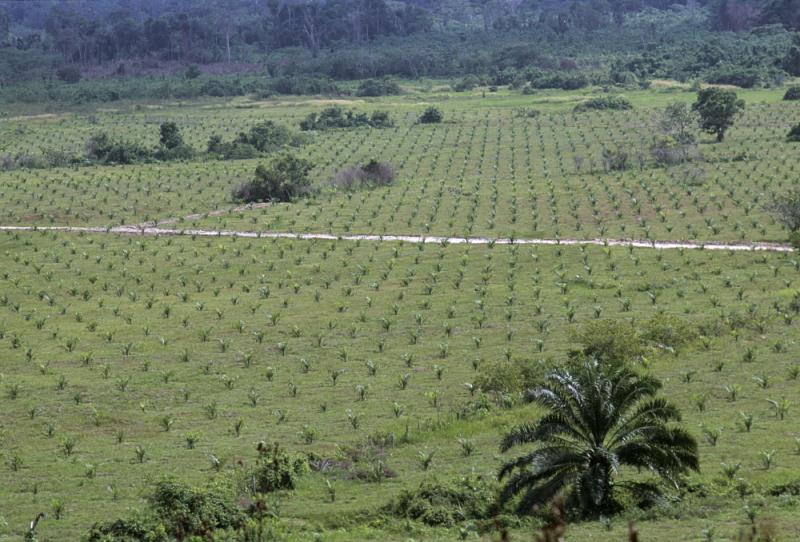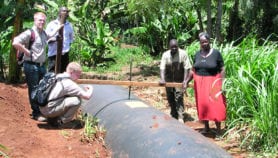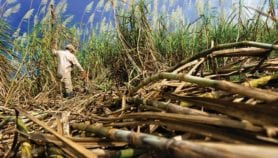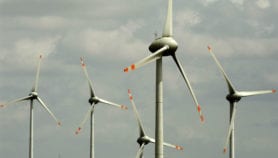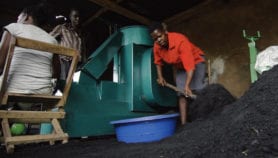Send to a friend
The details you provide on this page will not be used to send unsolicited email, and will not be sold to a 3rd party. See privacy policy.
[SAO PAULO] Converting grazing land into fields to grow crops for biofuels could provide up to 30 per cent of the world’s energy needs, according to a report.
The report says at least 500 million hectares are available for sustainable biofuel production even when rising food demand, growing urbanisation and the desire to preserve forest and protected lands are taken into account. Most of this land is in Latin America and Sub-Saharan Africa, and is being used for low-intensity animal grazing, it says.
“There is room for bioenergy in the world energy matrix. Besides, energy produced from biomass could be crucial for addressing global warming reduction targets.”
Heitor Cantarella, Agronomy Institute of Campinas in Brazil
The study predicts that, if biofuel technology continues to develop rapidly, only around 50-200 million hectares would be needed to grow the biomass needed for biofuels to provide 30 per cent of global energy by 2050. A lot of this land could come from arid, low-intensity grazing lands, which could instead be used to, for example, grow agave for ethanol production, the authors write.
The impact on herders could be minimised by increasing livestock density while ensuring the sustainable use of land that remains as pasture, the report says.
These conclusions are based on an analysis of almost 2,000 scientific studies and assessments on global land use, led by researchers from the Sao Paulo Research Foundation in Brazil and the Scientific Committee on Problems of the Environment, a global network that reviews scientific knowledge on environmental issues.
Glaucia Mendes Souza, a biologist at the University of Sao Paulo and one of the report’s editors, says mixing land uses would help developing countries integrate biofuel production into their existing agricultural systems.
“By combining forestry with bioenergy production or integrating areas of grasslands and woodlands, countries would be able to minimise the effects of climate change but not compromise food safety,” she says.
Around 87 per cent of global energy demand is currently met by climate-altering fossil fuels, says the report.
But it points out that “inefficiently used land, extensive pastures, degraded lands and excess agricultural capacity” stand in the way of growing more biofuels, especially in developing countries.
The report’s authors call for better public policies to support the entire biofuel chain, including those designed to increase agricultural efficiency, encourage the conversion of biomass into fuel and examine the environmental impacts of plants grown for fuel.Heitor Cantarella, director of the Centre for Soils and Environmental Resources at the Agronomy Institute of Campinas in Brazil, says: “There is room for bioenergy in the world energy matrix. Besides, energy produced from biomass could be crucial for addressing global warming reduction targets.”


